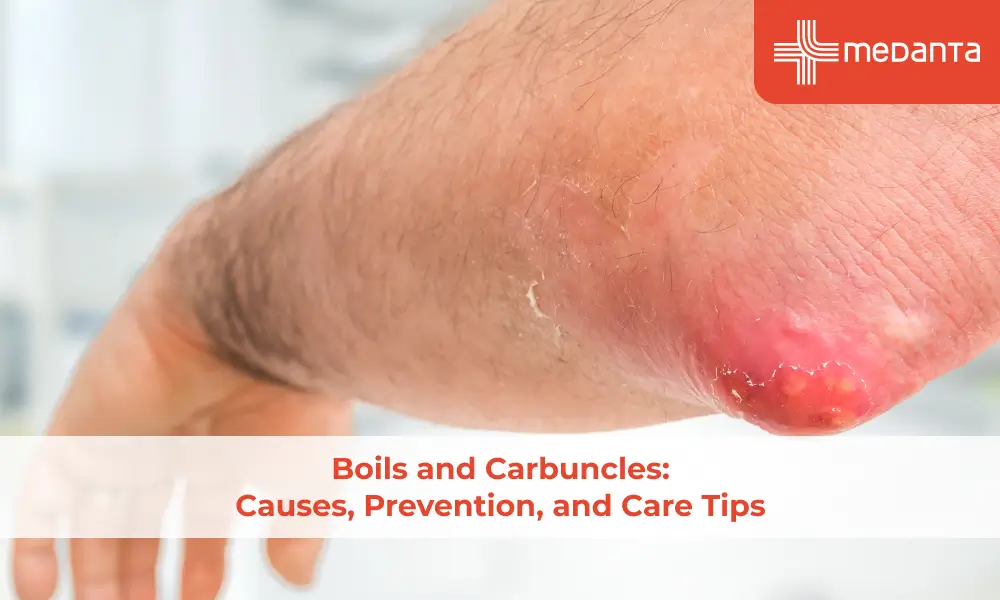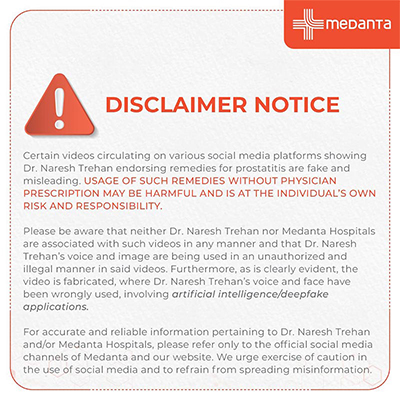How do we treat deep-cut wounds at home?

TABLE OF CONTENTS
Deep-cut wounds need quick attention at home, and proper treatment prevents complications. Simple home care helps most minor wounds heal within a week. Deeper cuts might need a doctor's help. You need emergency medical care if blood spurts from a wound or keeps bleeding after 10 minutes of direct pressure.
Your first priority with cuts and wounds is to stop the bleeding. Put firm, sustained pressure on the wound with a clean cotton cloth or gauze until the bleeding stops. Clean wounds properly to avoid infections. Some wounds always need a doctor's care - especially cuts deep enough to show fat, muscle or bone or cuts with jagged edges that might need stitches.
This article shows you how to handle deep cuts at home. Readers will also learn first-aid techniques to control bleeding, ways to clean wounds, and steps to speed up healing. The guide also helps you decide if you need professional medical care instead of treating the wound at home.
First Steps to Take After a Deep Cut
If you get a deep cut, quick action can prevent excessive blood loss & reduce the risk of infection. Stay calm and check how severe the wound is.
Stop the bleeding immediately:
Put direct pressure on the wound with a clean cloth, sterile gauze, or bandage.
Keep steady pressure for 10-15 minutes.
Blood might soak through the first cloth. Add another layer on top and keep applying pressure instead of removing it.
Lift the injured area above heart level to slow the bleeding.
Clean the wound properly:
Wait for the bleeding to stop, then rinse the wound well with clean tap water for 5-10 minutes.
Clean around the wound with mild soap, but keep soap away from the cut.
Avoid hydrogen peroxide or iodine since they can damage tissue and slow healing.
Use alcohol-cleaned tweezers to remove any visible debris.
After cleaning:
Apply a thin coat of antibiotic ointment or petroleum jelly to moisten the surface.
Wrap it with a sterile bandage or gauze and secure it with medical tape.
Replace the dressing daily or if it gets wet or dirty.
Know when immediate medical attention is needed:
Standard cuts should never be treated with a tourniquet as it might cause more damage to the affected limb. You should also avoid pushing exposed tissues back into place.
How to Heal Deep-cut Wounds Faster at Home
The proper care at home after your original treatment helps deep wounds heal faster. These proven methods can make all the difference between a quick recovery and a long healing time.
Keep the wound environment optimal:
Change dressings as often as your doctor recommends to keep things clean
The wound needs to stay clean and dry to fight off infection
Put a thin coating of antibiotic ointment or petroleum jelly to keep moisture in
Use proper bandages because covered wounds heal faster than exposed ones
Support healing through nutrition:
Your body needs extra nutrients to heal correctly. You should eat:
Protein (2-3 servings daily) from meat, eggs, cheese, milk, yoghurt, beans and nuts
Vitamin A from dark green leafy vegetables, orange fruits and vegetables
Vitamin C from citrus fruits, strawberries, peppers and broccoli
Zinc from red meat, seafood and fortified cereals
Natural healing aids that work:
These natural remedies could speed up your wound healing:
Medical-grade honey works as a natural antibacterial
Aloe vera gel brings down inflammation and contains glucomannan, which helps make collagen
Turmeric has curcumin, which fights inflammation
Coconut oil fights microbes through its monolaurin content
Other things that help to heal:
Your mental state affects how well you heal physically. Rest helps your body recover, and stress management plays a big role in healing. Quitting smoking will help wounds heal better because smoking reduces blood flow and oxygen to wounds.
Watch out for infection signs as your wound heals. Call your doctor immediately if you notice more redness, warmth, swelling, red streaks, pain, discharge, or fever above 38°C. You should also ask for medical help if home remedies haven't improved your wound within a week.
When to Seek Medical Help
Most cuts can be treated at home, but some wounds need a doctor's care. You should know when professional help becomes necessary.
Call emergency services immediately if:
Bleeding is severe, or blood is spurting from the wound
Bleeding cannot be stopped after ten minutes of firm, steady pressure
The wound is on the chest, abdomen, neck, or involves the eye
The injured person shows signs of shock (pale skin, rapid breathing, dizziness)
Seek medical care promptly for wounds that:
Are deeper than 1/2 inch
Reveal fat, muscle, bone or other internal structures
Have jagged or gaping edges that cannot be easily closed
Are longer than 3/4 inch
Contain debris that cannot be removed completely
Are located on the face, hands, feet, genitals, or over a joint
Result from animal or human bites (these need immediate care to prevent infection)
Were caused by rusty or dirty objects (tetanus risk)
Are puncture wounds, especially if deep
Visit a doctor if you observe below mentioned signs of infection:
Increasing pain, redness, or swelling in the wound area
Red streaks extending from the wound toward your heart
Pus or abnormal drainage from the wound
Fever above 38°C or chills
The wound feels unusually warm
Increasing tenderness around the injury site
Pay extra attention if you have:
Diabetes - Diabetic patients should see a doctor for any foot wound, whatever the severity.
A weakened immune system
Other chronic health conditions
If you have these conditions, you should get a full picture from a doctor since even small wounds can quickly lead to serious complications.
Most cuts heal within a week. You should get medical help if your wound shows no improvement after 2-3 days of home treatment. Wounds that stay unhealed beyond three weeks become chronic and usually need specialised care beyond basic home treatment.
Conclusion
Proper treatment of deep-cut wounds at home significantly impacts healing outcomes. Quick action to stop bleeding and clean the wound helps prevent infection. Of course, not all wounds can be managed at home, and knowing the right time to seek medical help saves lives.
Simple care helps minor cuts heal well. Keep the area clean, change dressings, and watch for signs of infection. Good nutrition supports your body's natural healing. Your body needs protein, vitamins A and C, and zinc to repair wounds effectively.
Home treatment works for many wounds, but some cuts need a doctor's attention. Medical care becomes essential for deep wounds that expose tissue structures, cuts from dirty objects, or wounds showing infection signs. This becomes crucial for people with diabetes or weakened immune systems.
Effective wound care strikes a balance between doing too little and too much. Gentle cleaning proves more effective than harsh chemicals and covered wounds often heal faster. Your instincts matter - a wound that seems serious or doesn't improve with home care immediately needs medical attention.
FAQs
What is the quickest way to heal a deep cut at home?
To heal a deep cut quickly, clean it thoroughly with water, apply a coat of antibiotic ointment & keep it covered with a sterile bandage. Change the dressing daily and ensure proper nutrition, focusing on protein, vitamins A and C, and zinc. However, very deep-cut wounds may require medical attention for faster healing and to prevent complications.
Can coconut oil be used to treat wounds?
Yes, coconut oil can be beneficial for minor wounds. Its antimicrobial nature may prevent infection and keep the wound area moisturised. However, one should clean the wound properly before applying coconut oil and consult a doctor for serious wounds.
How can I treat a deep cut without getting stitches?
Clean the wound thoroughly, apply an antiseptic lotion or cream, and cover it with a sterile bandage for deep cuts that don't require stitches. Change the dressing at least twice daily or when it becomes wet or dirty. Observe the wound closely for signs of infection and seek medical help if healing doesn't progress.
Is it advisable to use warm water on open wounds?
You can use warm water for cleaning open wounds to promote healing. Gently clean the wound with warm water and apply a warm, wet cloth to the area.
When should I seek medical help for a deep cut?
Seek immediate medical attention if the bleeding doesn't stop after 10-15 minutes of direct pressure, if the cut is deeper than 1/2 inch, reveals underlying structures, has jagged edges, or is longer than 3/4 inch, or if you notice signs of infection, such as increasing pain, redness, swelling, or fever.






